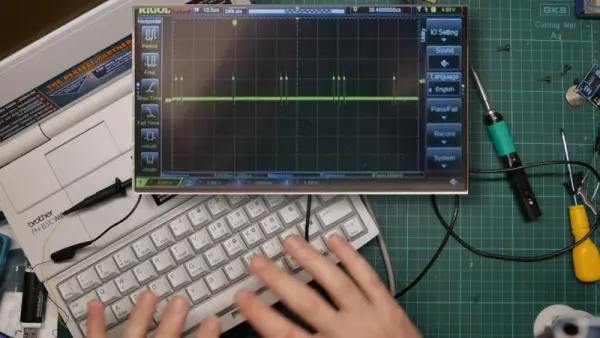It is hard to describe the Brother SuperPowerNote. It looks like a big old Z80-based laptop, but it says it is a notebook. The label on it says (with lots of exclamation marks) that it is a word processor, a communications system, a personal scheduler, and a spreadsheet organizer. Brother also promises on the label that it will “Increase your power to perform on the job, on the road or at home!” Plenty of exclamation marks to go around. The label also touts DOS or Windows, but [Poking Technology] didn’t want that. He wanted CP/M. See how he did it in the video below.
This is a very early laptop-style word processor with a floppy and a strange-looking screen. It also had serial and parallel ports, odd for a word processor, and probably justified the “communication system” claim on the label.

The device looked practically unused and came up immediately without the main battery and a replacement coin cell. The LCD was decidedly not like a modern LCD. It reminded us of a giant Sharp Zaurus. Want to see the insides? Jump to around the 24-minute mark.
The circuit board inside is fairly small, with a lot of empty space and some unpopulated components. Inside is a Z180, along with some memory chips. There’s also a very common floppy disk controller. While it would be possible to replace the ROM chip, it would be a pain, so instead, he dug through an executable file. That way, he was able to figure out how to load software.
Then, it was a matter of understanding the hardware with a logic probe and oscilloscope. Once the hardware gave up its secrets, it was easy enough to port CP/M. The extra 64K of memory available is now a disk cache, so the performance looks pretty good.
True, you probably aren’t going to get one of these venerable machines and run CP/M on it yourself. But the process is fascinating to watch, and we do love peeking inside this old hardware. Compared to a modern OS, CP/M is fairly easy to bootstrap on a new system, even if it is an ESP32. We’ve even seen CP/M taught to use an Arduino from a Z80.
Source: PORTING CP/M TO A Z80 THING
